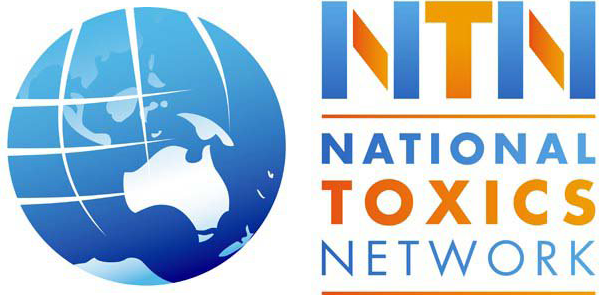While there has been only limited assessment of chemical exposure of Australian children, there is evidence of blood contamination, similar to that of children in the EU, UK and USA.
Childhood cancers are increasing in the developed world, including Australia, where the incidence of asthma is also escalating. Studies in the Europe and the U.S.(1) have identified a wide range of chemicals in umbilical cord blood as well as in children. They include artificial musks, alkylphenols, bisphenol-A, brominated flame retardants,perfluorinated compounds, phthalates, and triclosan. All are found in the common products used every day in the home and school; products like cleansers, computers, toys, lotions and perfumes, cookware, clothing and carpets. Some like the perfluorochemical, perfluorooctanesulfonate (PFOS) and pentabrominated diphenylethers (PentaBDE) are currently being assessed for inclusion in the Stockholm Convention on Persistent Organic Pollutants (POPs) 2001.
The US based Centers for Disease Control and Prevention have been tracking human exposure and recently released their second National Report on Human Exposure to Environmental Chemicals.(2) The report presents exposure data from 1999-2000 for 116 chemicals and concluded that some chemicals like the phthalates, are now at levels in the human population at which you would expect health impacts. There is particular concern for babies, children and women of childbearing age.
While in Australia, little routine monitoring or testing of baby or children’s blood has occurred, in 1998, doctors at Townsville Hospital tested the meconium (first bowel discharge) of 46 newborn babies and found a wide range of hazardous chemicals including POPs and pesticides such as chlorpyrifos.(3) Earlier in the 1990s, an Australian paediatrician concerned with a chronic illness in a group of children tested their blood for levels of POPs, persistent bioaccumulative toxins (PBTs) and other volatile compounds. A range of chemicals was detected in all the children’s samples, including POPs pesticides, PCBs, hexachlorobenzene (HCB), benzene and toluene.(4)
Estimates based on the Human Health Risk Assessment of Dioxins for the National Dioxin Program indicated that breastfed Australian infants are consuming many times the Tolerable Monthly Intake for dioxins and furans. In 2002, Australia recommended a Tolerable Monthly Intake (TMI) for Australians of 70 picograms of dioxin TEQ per kilogram of bodyweight per month. At a crucial time in their development, 3 month old breastfed babies are consuming at least 16 times the TMI of total dioxins.(5)
Recent testing of the polybrominated diphenyl ethers (PBDEs) and perfluorochemicals have shown contamination of both Australian blood and breastmilk with the highest levels of PBDEs found in young children.(6)
Read more
Legislating to protect children
References
1) Environmental Working Group, Body Burden, The Pollution in Newborns; A benchmark investigation of industrial chemicals, pollutants and pesticides in umbilical cord blood, July 14, 2005 Available at http://www.ewg.org/reports/bodyburden2/execsumm.php Also see ‘A Present for Life; hazardous chemicals in umbilical cord blood.’, a Report compiled for Greenpeace Nederland, Greenpeace International & WWF-UK September 2005 (ISBN: 90-73361-87-7.). Available at http://www.panda.org/about_wwf/what_we_do/toxics/publications/index.cf
2) Second National Report on Human Exposure to Environmental Chemicals (January 2003), Department of Health and Human Services, Centers for Disease Control and Prevention
3) Deuble L, Whitehall JF, Bolisetty S, Patole SK, Ostrea EM* and Whitehall JS.Department of Neonatology, Kirwan Hospital for Women, Townsville. *Deparment of Pediatrics, Wayne State University, Michigan. “Environmental Pollutants In Meconium In Townsville, Australia.” 2000 (Unpublished)
4) Dr L. E. Budd M.B. B.S. FRACP, Children’s Health & Chemicals, One Paediatrician’s Experience, July 1993 (Unpublished Lecture Notes)
5) Dioxins: Recommendation for a Tolerable Monthly Intake for Australians, NHMRC & Therapeutic Goods Administration (TGA) 20026) Toms L, Harden F, Hobson P, Papke O, Ryan J and Mueller J 2006, Assessment of concentrations of polybrominated diphenyl ether flame retardants in the Australian population: levels in blood, Australian Government Department of the Environment and Heritage, Canberra.

